Home>Gardening & Outdoor>Landscaping Ideas>How To Grow Grass After Tree Removal
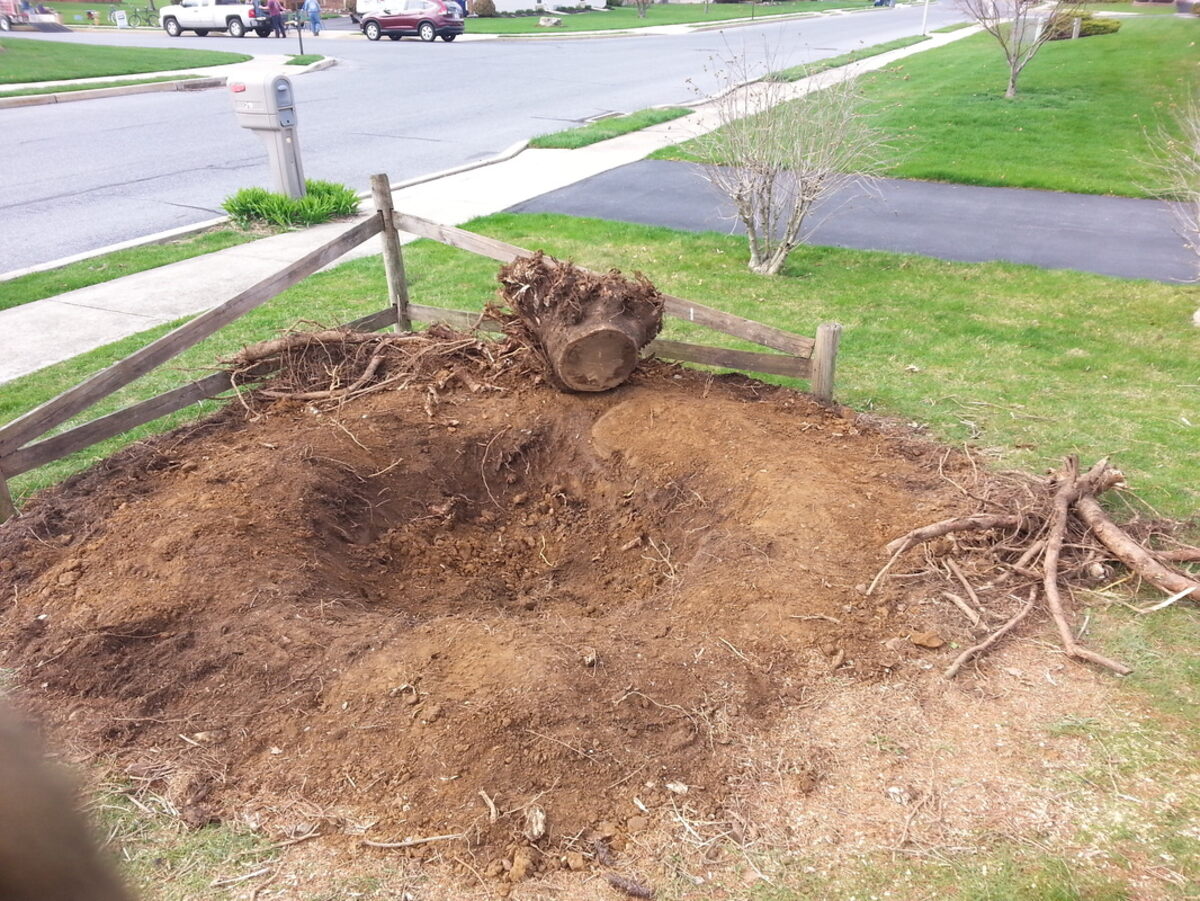

Landscaping Ideas
How To Grow Grass After Tree Removal
Published: January 24, 2024
Learn effective landscaping ideas for growing grass after tree removal. Discover expert tips and techniques for a lush, green lawn.
(Many of the links in this article redirect to a specific reviewed product. Your purchase of these products through affiliate links helps to generate commission for Storables.com, at no extra cost. Learn more)
Introduction
Removing a tree from your yard can significantly alter its landscape, leaving behind an area that may be challenging to restore. One common concern after tree removal is how to grow grass in the now sun-exposed patch of land. However, with the right approach and knowledge, you can successfully grow lush, green grass in this area. This article will guide you through the process of growing grass after tree removal, from assessing the site to choosing the right grass seed and ensuring proper maintenance. By following these steps, you can transform the once shaded spot into a thriving part of your yard.
Key Takeaways:
- Choose the right grass seed based on sunlight, soil, and climate for successful growth after tree removal. Consider foot traffic and aesthetic preferences to create a vibrant and resilient lawn.
- Proper soil preparation, watering, and maintenance are crucial for nurturing healthy grass growth in the sun-exposed area after tree removal. Balance watering, mowing, fertilizing, and weed control for long-term success.
Read more: How To Plant Grass After Tree Removal
Assessing the Site
Before embarking on the journey of growing grass after tree removal, it’s crucial to assess the site thoroughly. Start by evaluating the amount of sunlight the area receives. This will help determine the type of grass that will thrive in the given conditions. Additionally, check for any remaining tree roots or debris that could impede the growth of new grass. It’s essential to clear the area of any obstacles and create a clean canvas for successful grass growth.
Furthermore, consider the soil quality in the area. A soil test can provide valuable insights into its pH levels, nutrient composition, and overall health. Based on the test results, you may need to amend the soil to create an optimal environment for new grass to take root. Additionally, assess the drainage in the area to ensure that excess water won’t accumulate, which could hinder grass growth.
Another important aspect of site assessment is understanding the microclimate of the area. Factors such as wind exposure and proximity to other landscaping elements can impact the success of grass growth. By thoroughly assessing these site-specific factors, you can make informed decisions when preparing the area for new grass.
Preparing the Soil
Once the site assessment is complete, the next crucial step in growing grass after tree removal is preparing the soil. This process lays the foundation for healthy grass growth and can significantly impact the long-term success of your lawn. Start by clearing the area of any remaining tree roots, rocks, or debris. This will create a clean and even surface for the new grass to take root.
After clearing the area, consider aerating the soil to improve its overall structure. Aeration helps alleviate soil compaction, allowing air, water, and nutrients to penetrate the ground more effectively. This is especially important in areas where heavy equipment may have compacted the soil during the tree removal process.
Following aeration, consider amending the soil with organic matter or compost to enhance its fertility and texture. This can help balance the soil’s pH levels and provide essential nutrients for the new grass. Additionally, incorporating organic matter improves the soil’s ability to retain moisture, promoting healthy root development for the grass seedlings.
Depending on the results of the soil test conducted during the site assessment, you may need to adjust the soil’s pH levels by adding lime or sulfur. Balancing the soil’s pH is crucial for optimal grass growth, as it directly impacts the plant’s ability to absorb nutrients from the soil. By taking the time to prepare the soil properly, you can create an ideal environment for the new grass to thrive and establish a robust root system.
Choosing the Right Grass Seed
When it comes to growing grass after tree removal, selecting the right grass seed is a pivotal decision that can influence the overall health and appearance of your lawn. The choice of grass seed should align with the site’s specific conditions, including sunlight exposure, soil type, and climate. Understanding the different types of grass and their respective characteristics is essential for making an informed decision.
Consider the amount of sunlight the area receives throughout the day. If the site is now exposed to full sun due to the tree’s removal, opt for grass seed varieties that thrive in sunny conditions. These may include warm-season grasses such as Bermuda grass or Zoysia grass, known for their ability to withstand intense sunlight and heat. Conversely, if the area still receives partial shade, select grass seed blends formulated for such conditions, combining shade-tolerant and sun-loving varieties.
Soil type is another crucial factor in choosing the right grass seed. Some grass species perform better in sandy soils, while others thrive in loamy or clay-based soils. Understanding the soil composition will guide you in selecting grass seed varieties that are well-suited to the site’s specific soil conditions, promoting healthy root establishment and overall resilience.
Climate considerations also play a significant role in grass seed selection. Certain grass species are better adapted to specific climate zones, such as cool-season grasses that flourish in northern regions and warm-season grasses that excel in southern climates. By choosing grass seed varieties tailored to your region’s climate, you can ensure that the new grass will thrive and remain resilient against seasonal challenges.
Additionally, consider factors such as foot traffic and aesthetic preferences when choosing grass seed. Some varieties are more tolerant of heavy use and frequent mowing, making them ideal for high-traffic areas, while others offer lush, fine-textured blades for a visually appealing lawn.
By carefully considering the site’s unique conditions and the specific attributes of different grass seed varieties, you can make an informed choice that sets the stage for successful grass growth after tree removal.
After tree removal, rake the area to remove debris and loosen the soil. Spread grass seed evenly and water regularly to promote growth. Keep the area free from foot traffic until the grass is established.
Planting the Grass Seed
After preparing the soil and selecting the appropriate grass seed, the next step in growing grass after tree removal is the actual planting process. This critical phase sets the stage for germination and the establishment of healthy grass on the site. Proper planting techniques and timing can significantly impact the success of your lawn’s growth.
Begin by evenly spreading the grass seed over the prepared soil surface. Use a seed spreader or broadcast by hand to ensure uniform coverage. Following this, lightly rake the area to incorporate the seeds into the soil at a depth recommended for the specific grass seed variety. Adequate seed-to-soil contact is essential for successful germination, so take care to gently press the seeds into the soil after raking.
Once the seeds are in place, consider applying a thin layer of mulch or straw to protect them from birds, wind, and excessive sunlight. This protective layer helps retain moisture and provides a conducive environment for germination. It’s important to choose a mulch that won’t hinder the grass seedlings’ emergence and can easily decompose into the soil over time.
Watering plays a crucial role in the success of grass seed germination. After planting the grass seed, ensure that the soil remains consistently moist but not waterlogged. Light, frequent watering is typically recommended to keep the soil surface moist without creating puddles. This encourages the seeds to germinate and the young grass seedlings to establish healthy root systems.
Timing is also a key consideration when planting grass seed. The ideal time for planting varies depending on the grass species and the local climate. In general, planting cool-season grasses in early fall or early spring and warm-season grasses in late spring provides favorable conditions for germination and establishment. By aligning the planting process with the optimal timing for your chosen grass seed variety, you can maximize the chances of successful germination and healthy grass growth.
By following these planting guidelines and paying attention to crucial factors such as seed-to-soil contact, moisture, and timing, you can set the stage for successful grass establishment after tree removal.
Read more: How To Grow Grass After Tree Stump Grinding
Watering and Maintenance
After planting the grass seed, proper watering and ongoing maintenance are essential for nurturing healthy grass growth in the area where the tree once stood. Consistent care and attention to the newly planted grass will promote strong root development and overall resilience, setting the stage for a lush and vibrant lawn.
Watering is a critical aspect of post-planting care for grass seed. Initially, it’s important to keep the soil consistently moist to support germination and the early growth of the grass seedlings. Light, frequent watering is recommended to prevent the soil from drying out, especially during periods of limited rainfall. As the grass seedlings mature, gradually transition to a deeper, less frequent watering schedule to encourage the development of robust root systems.
Monitoring the soil moisture levels and adjusting the watering frequency based on weather conditions and the grass’s specific needs is crucial for successful establishment. Avoid overwatering, as this can lead to shallow root growth and make the grass more susceptible to stress and disease. Conversely, allowing the soil to become excessively dry can hinder the grass’s growth and resilience.
In addition to watering, ongoing maintenance practices such as mowing, fertilizing, and weed control are essential for nurturing healthy grass growth. Once the grass has reached a mowable height, regular mowing encourages thick, lush growth and helps the grass outcompete weeds. It’s important to follow proper mowing practices, such as adhering to the recommended mowing height for the specific grass variety and using sharp blades to achieve clean cuts.
Fertilization is another key aspect of maintenance that provides essential nutrients to support the grass’s growth and overall health. Consider conducting a soil test to determine the specific nutrient needs of the grass in the area. Based on the test results, select a fertilizer that addresses any deficiencies and promotes balanced growth without stimulating excessive top growth.
Weed control is also crucial for maintaining a healthy lawn. Regularly inspect the area for weeds and address them promptly to prevent competition for resources and the spread of invasive species. Selective herbicides and manual removal can be effective methods for managing weeds while minimizing impact on the newly established grass.
By implementing a comprehensive watering and maintenance routine that addresses the specific needs of the newly planted grass, you can foster its healthy development and contribute to the long-term success of your lawn in the area previously occupied by the tree.
Conclusion
Growing grass after tree removal is a rewarding process that transforms a once shaded area into a vibrant part of your landscape. By carefully assessing the site, preparing the soil, choosing the right grass seed, and following proper planting and maintenance practices, you can establish a healthy and lush lawn in the previously shaded space. Each step in the process plays a crucial role in creating an environment where the new grass can thrive and contribute to the overall beauty of your yard.
Throughout the journey of growing grass after tree removal, it’s important to remain attentive to the specific needs of the grass and the site’s unique conditions. By understanding the sunlight exposure, soil composition, and climate considerations, you can make informed decisions that support the successful establishment of the new grass. Additionally, ongoing care and maintenance, including proper watering, mowing, fertilizing, and weed control, are essential for nurturing healthy grass growth and ensuring the long-term resilience of your lawn.
As the new grass takes root and flourishes in the sunlit space, it not only enhances the visual appeal of your yard but also contributes to a thriving outdoor environment. Whether it’s creating a play area for children, a cozy spot for outdoor gatherings, or simply adding natural beauty to your landscape, the lush grass serves as a testament to your dedication and care in transforming the site after tree removal.
Ultimately, the process of growing grass after tree removal is a testament to the transformative power of landscaping and the resilience of nature. By following the steps outlined in this guide and infusing your efforts with patience and attentive care, you can create a flourishing and inviting lawn in the once shaded area, enriching your outdoor space for years to come.
Frequently Asked Questions about How To Grow Grass After Tree Removal
Was this page helpful?
At Storables.com, we guarantee accurate and reliable information. Our content, validated by Expert Board Contributors, is crafted following stringent Editorial Policies. We're committed to providing you with well-researched, expert-backed insights for all your informational needs.
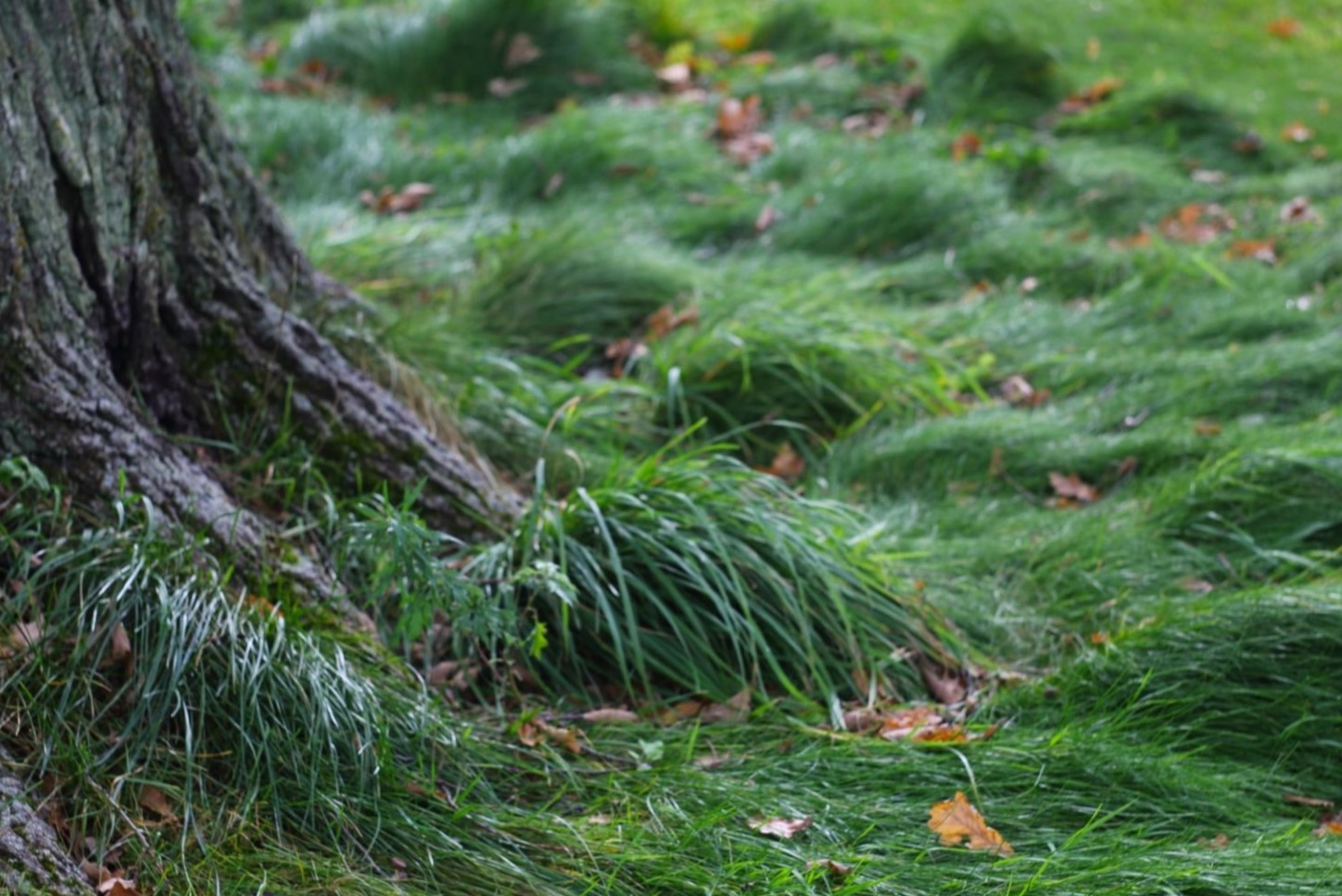
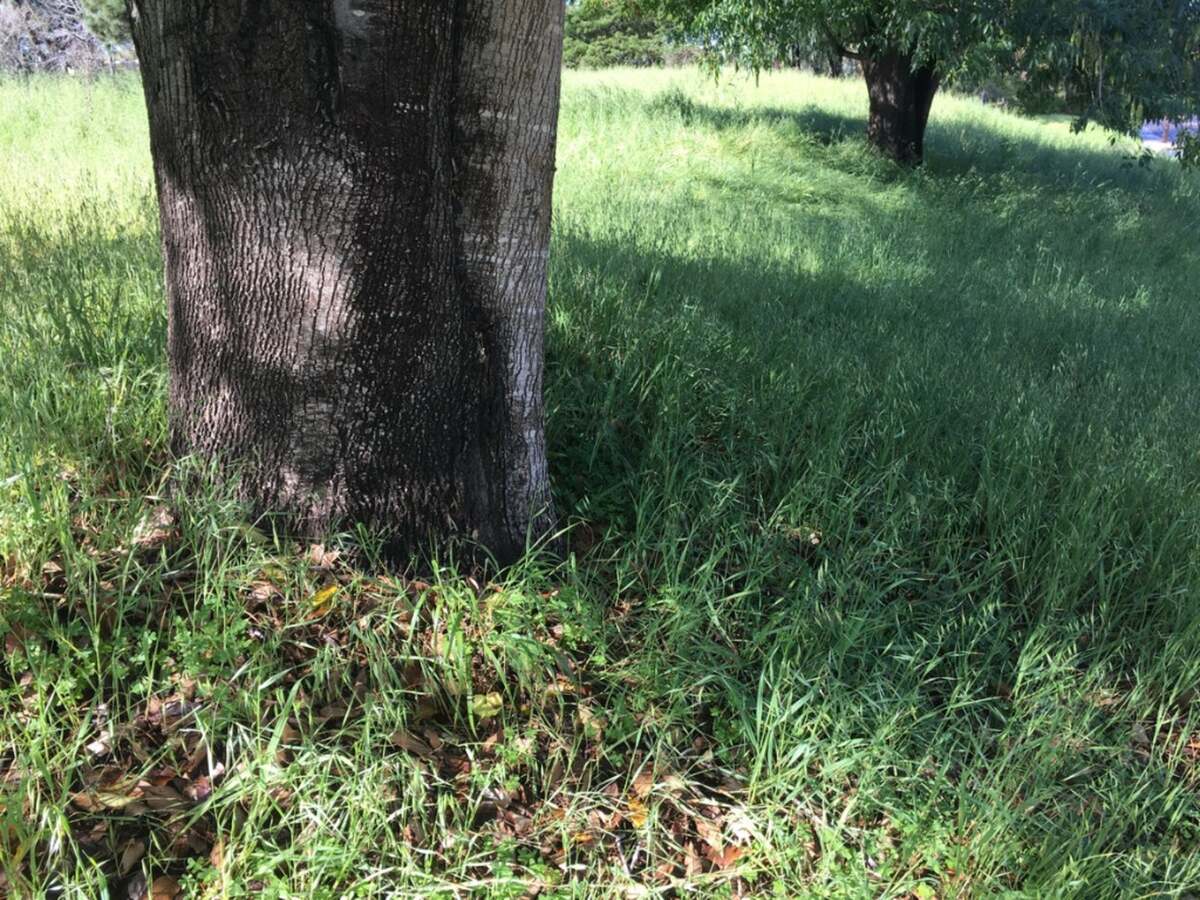
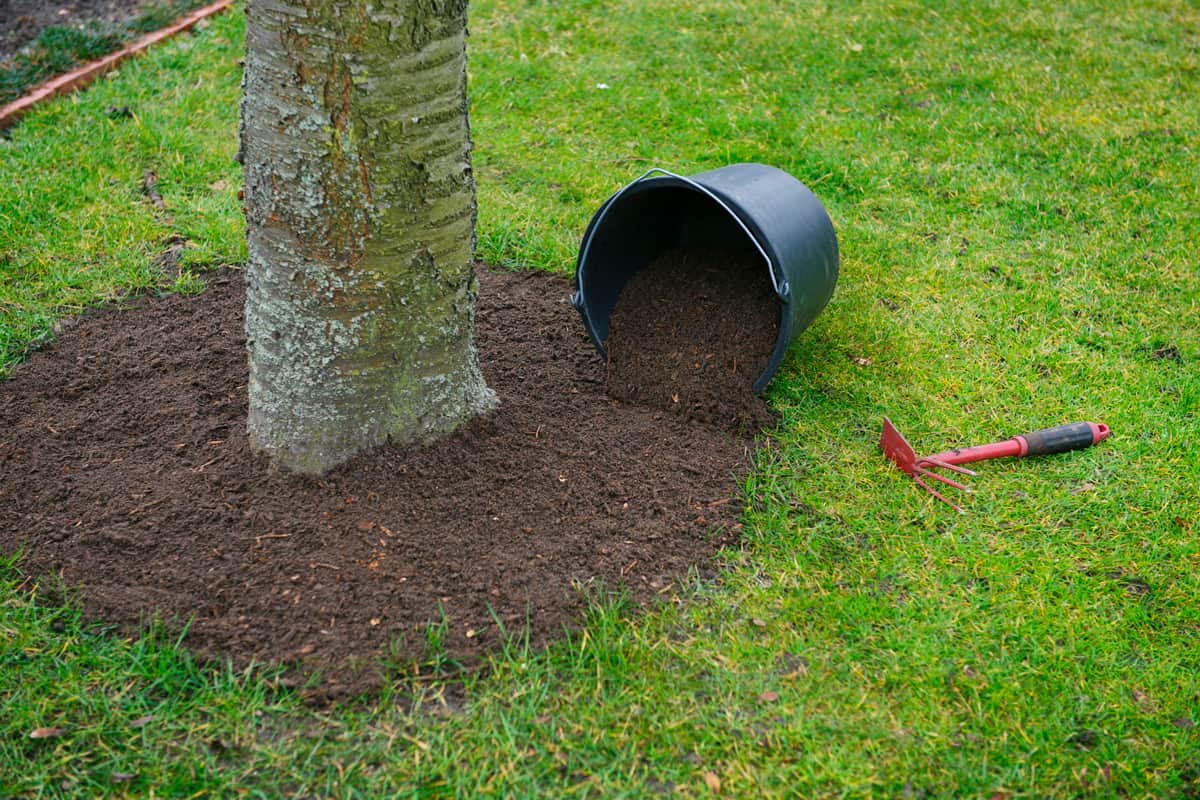
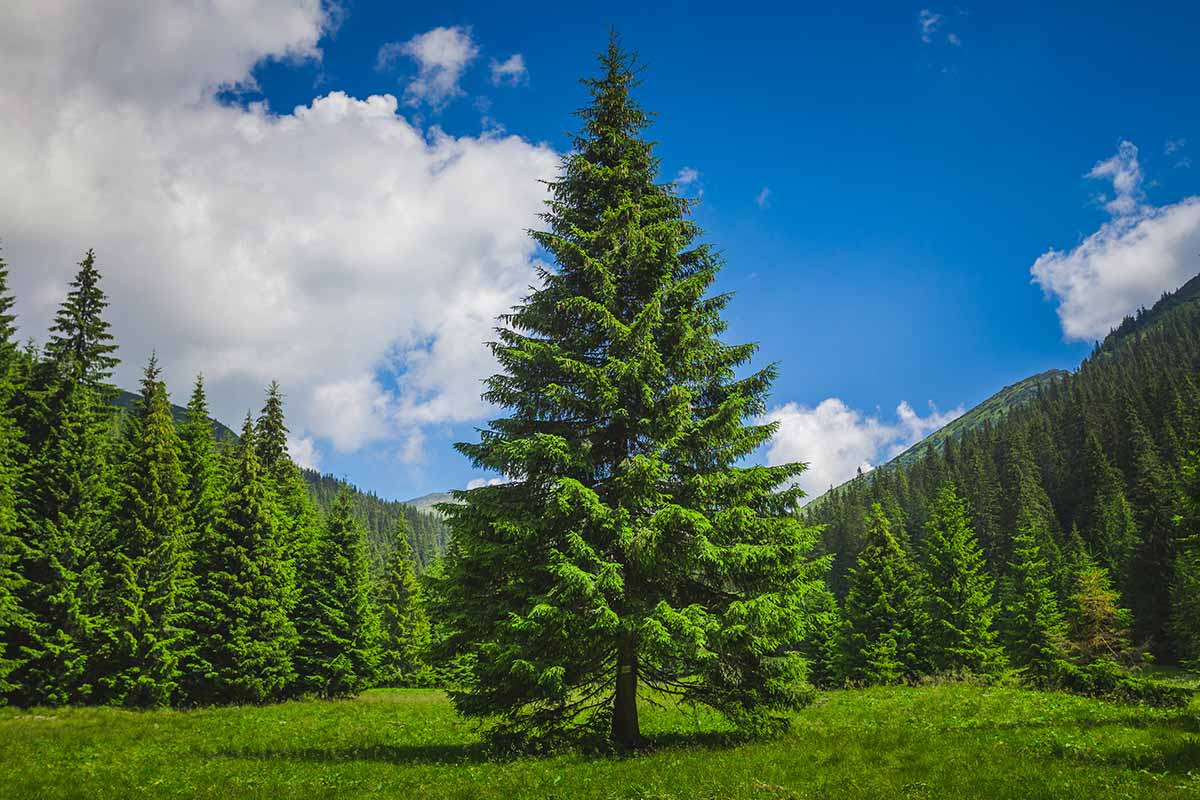
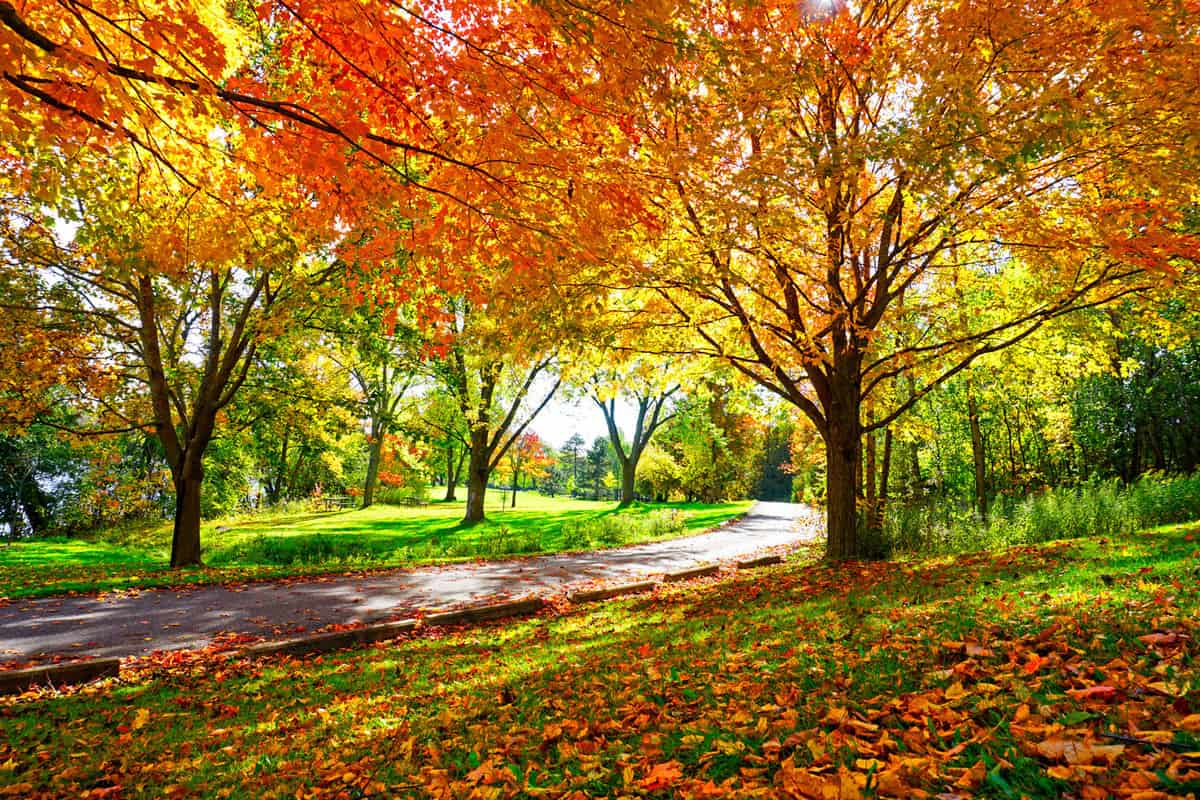
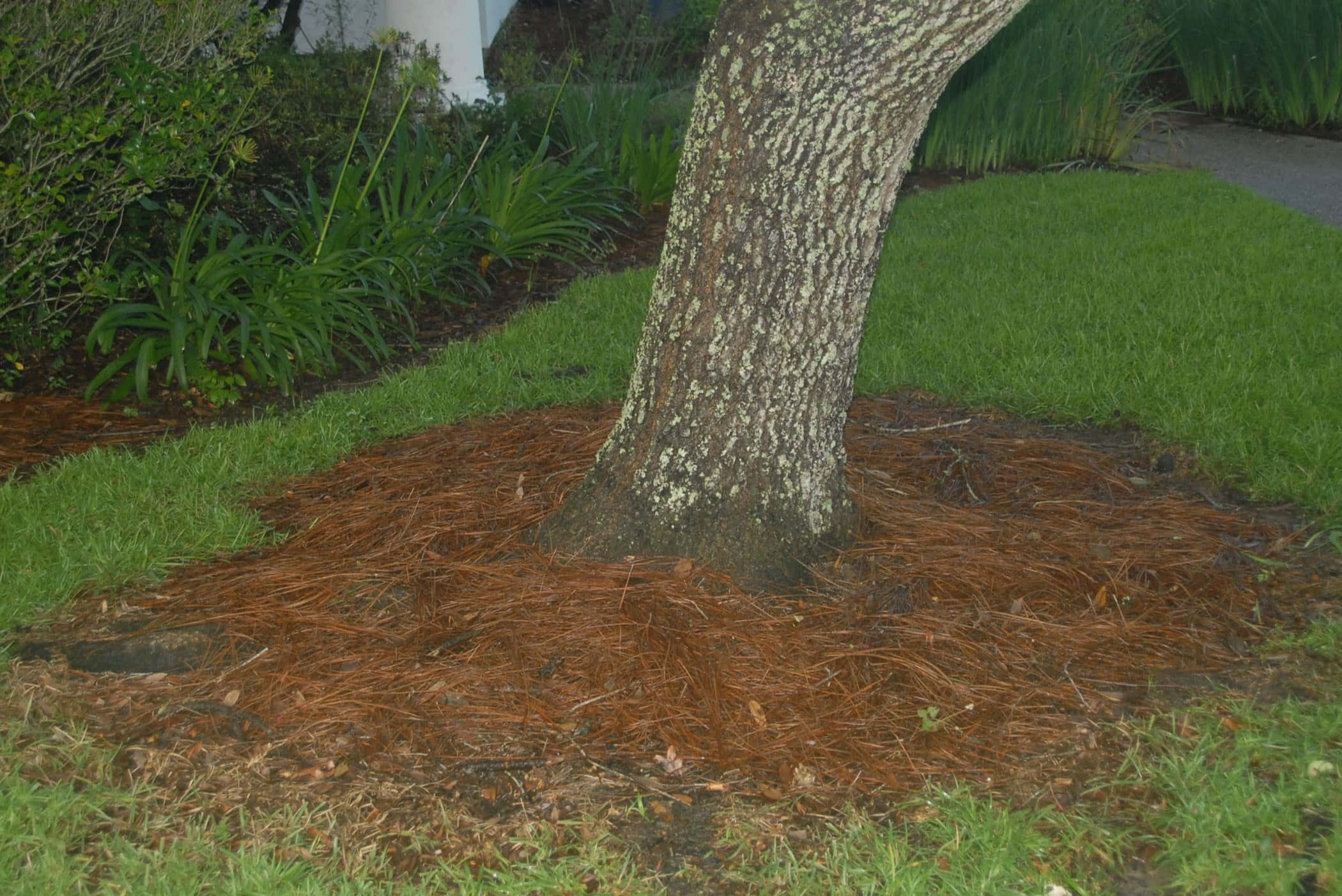
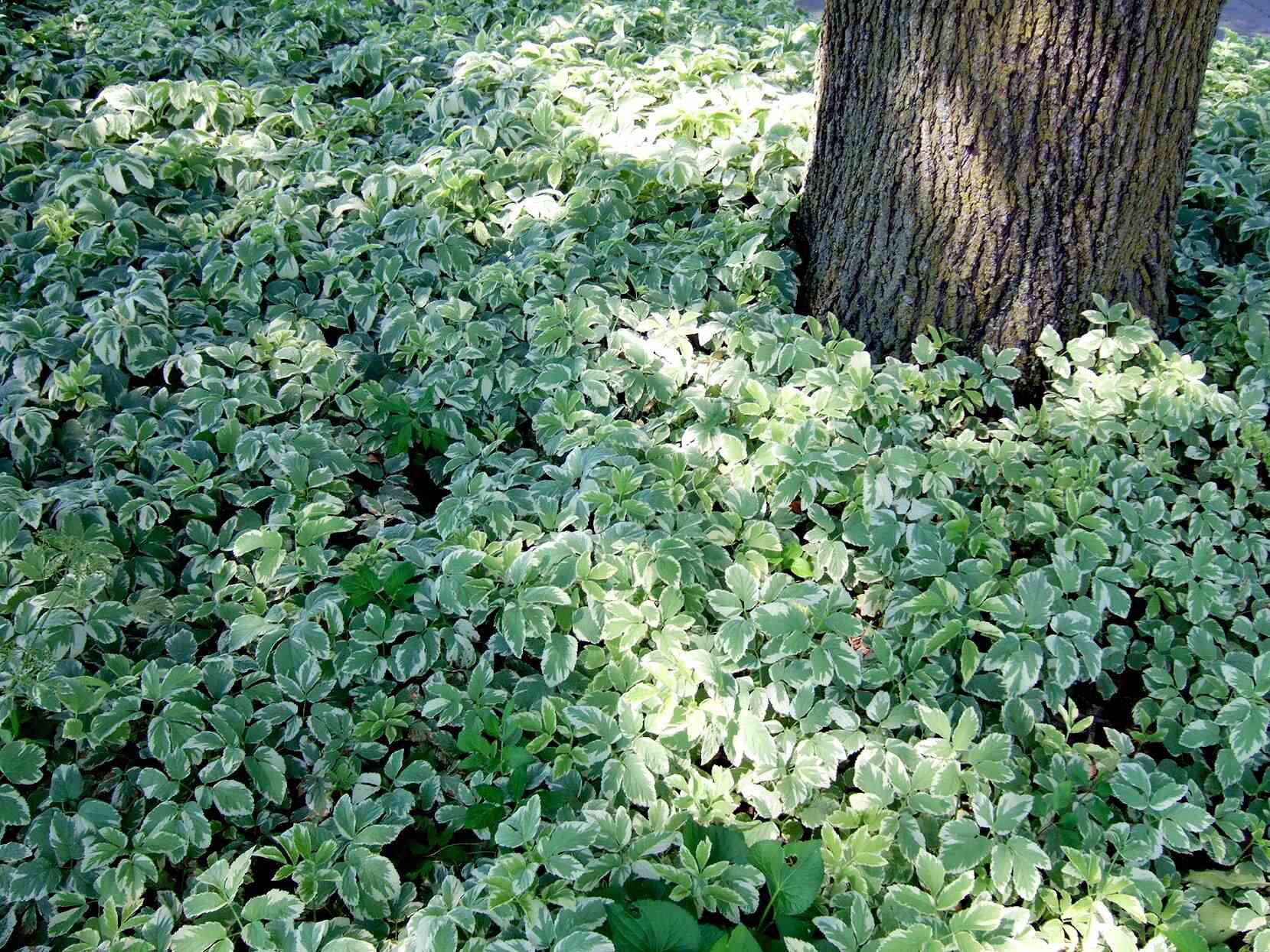
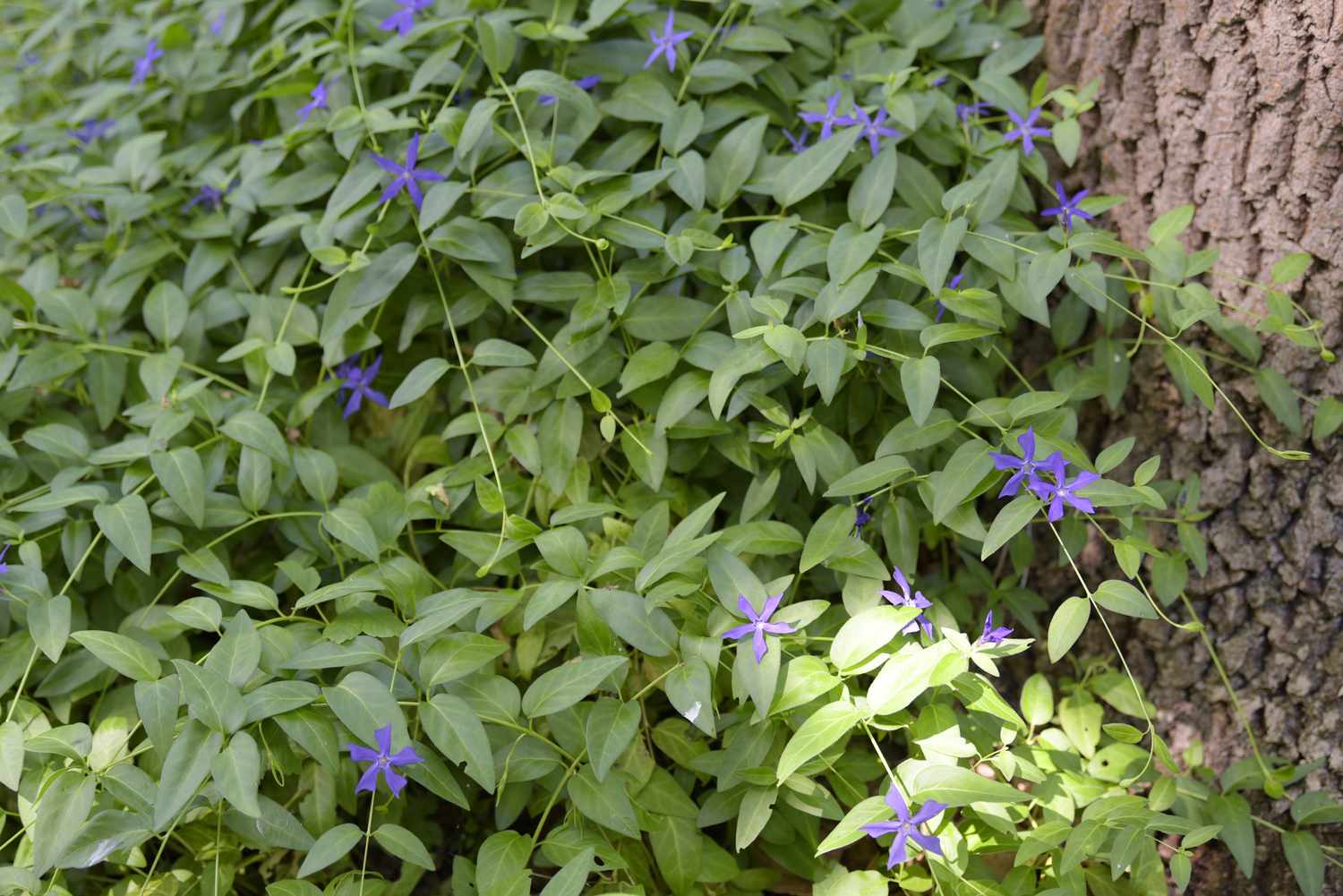


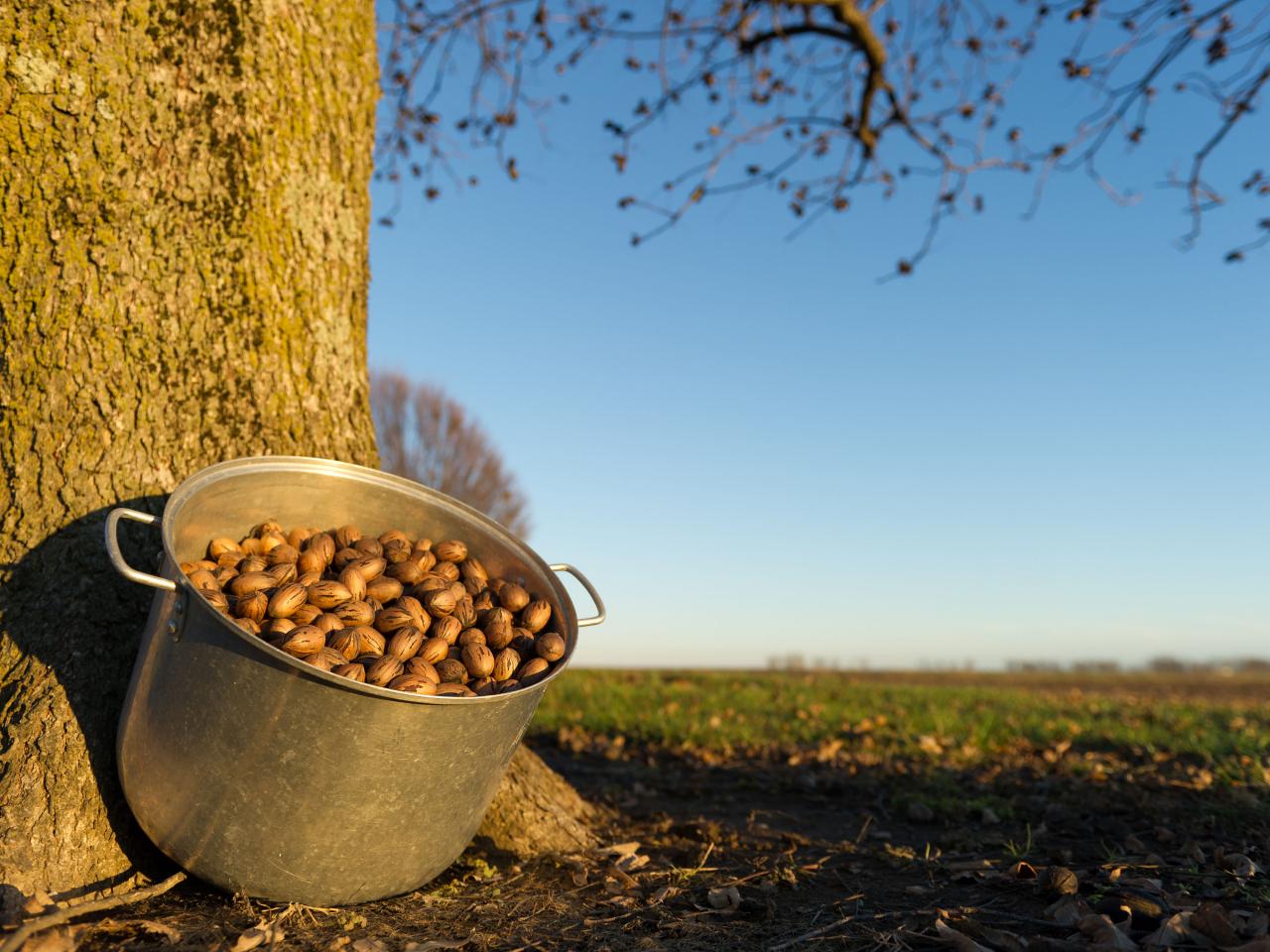
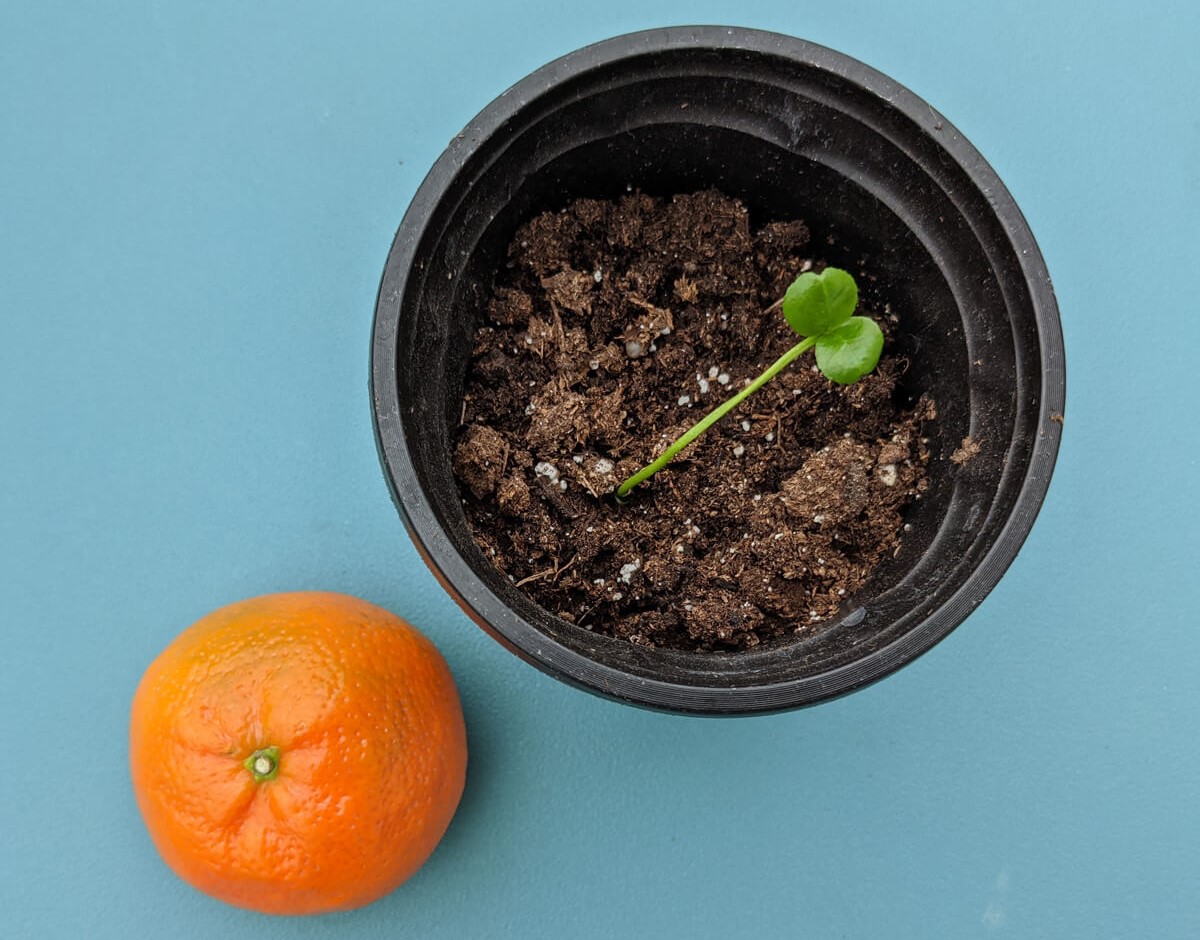
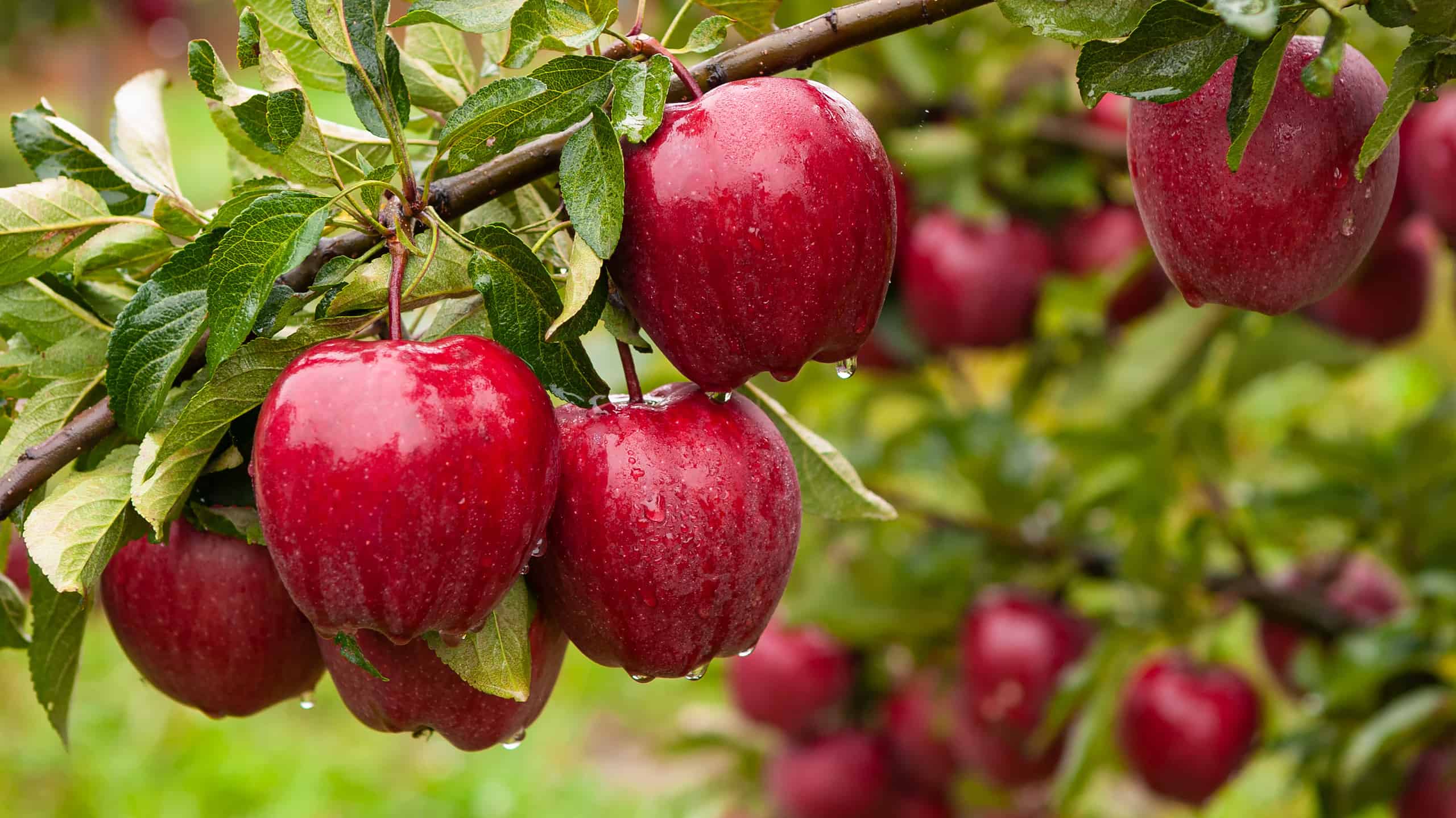


0 thoughts on “How To Grow Grass After Tree Removal”